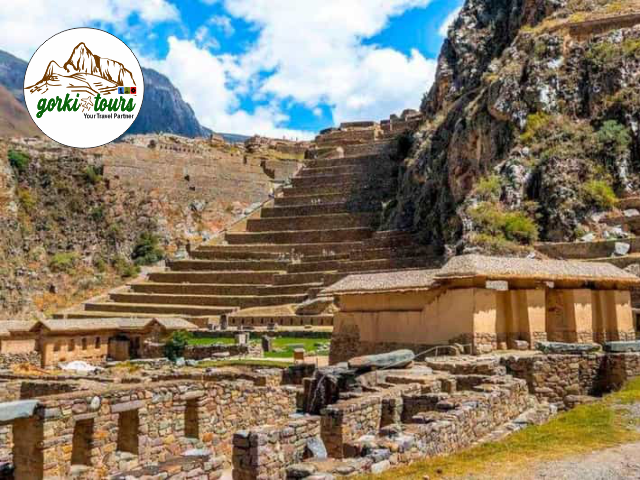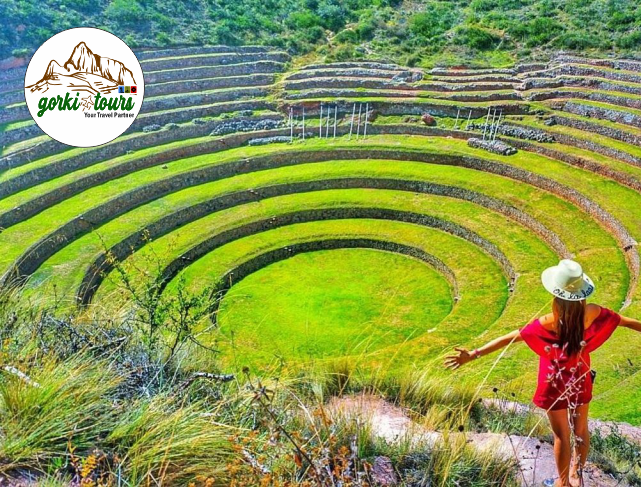Cusco
Cusco, the jewel of the Andes, awaits you with history,
culture, and unforgettable landscapes.
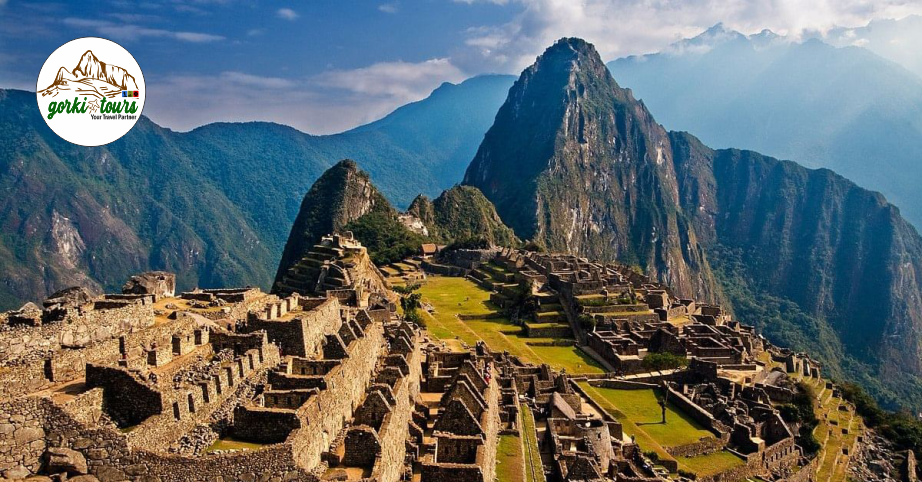
Machupicchu
Looking to get away from your routine? Let me tell you,
traveling to Machu Picchu is one of the best choices for your vacation. We
offer all-inclusive Machu Picchu tour packages. Our prices are affordable for
everyone, with trips to Machu Picchu ranging from budget to luxury. Don't
forget there's a wide variety of tours in Cusco. But the Lost City is what we
all want to visit.

Machupicchu
Our one-day tour to Machu Picchu will be an unforgettable
experience, traveling by train to discover the ancient Inca citadel of Machu
Picchu in all its splendor. With our full-day package to Machu Picchu, you'll
immerse yourself in the mystical history of the Incas that this magical place,
surrounded by towering mountains and lush vegetation, brings.
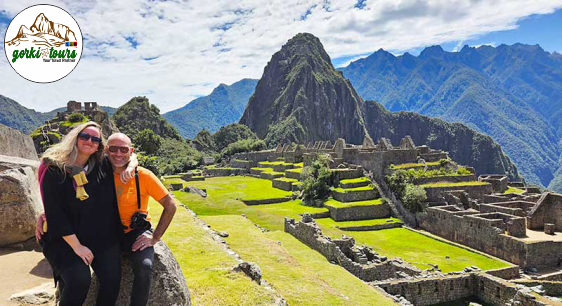
Machu Picchu
This one-day tour to Machu Picchu is excellent for those who
want to explore Machu Picchu in just one day. Enjoy a wonderful train ride from
Poroy, passing through beautiful landscapes on the way to Machu Picchu, where
you can explore the Machu Picchu Illacta with our guide. Book this tour in
advance and receive discounts.
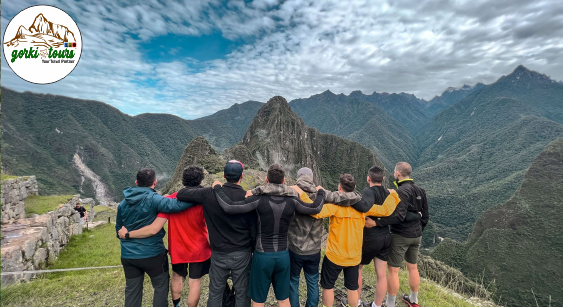
Machu Picchu
The 2-day tour to Machu Picchu offers you the opportunity to spend the night in the town of Aguas Calientes and visit its hot springs. The next day, you'll have the chance to see the sunrise over Machu Picchu, as well as the option to climb Wayna Picchu or Huayna Picchu and Machu Picchu Mountain.
For this special tour, we have daily departures.
Sacred Valley VIP
The Sacred Valley of the Incas, located in the Cusco region
of Peru, is one of the most emblematic areas of the ancient Inca civilization.
This valley, which stretches along the Urubamba River, is surrounded by
impressive mountains and boasts great cultural and historical richness. It was
an important center during the Inca Empire due to its temperate and fertile
climate, which favored agriculture, especially corn cultivation. It is also
home to several significant archaeological sites, such as Pisac, Ollantaytambo,
and Moray, and is considered a sacred place in the Inca worldview. Today, the
Sacred Valley is a very popular tourist destination, attracting visitors for
its natural beauty, history, and living traditions.

Exclusive Sacred Valley excursion
The Inca culture had a special place in the city of Cusco.
The Sacred Valley of the Incas is now a jewel for the eyes of thousands of
tourists every year. The local people, the mountains, the valleys, the
impressive views, the artisan markets, and the gigantic archaeological sites
all blend together to make for a perfect day tour.
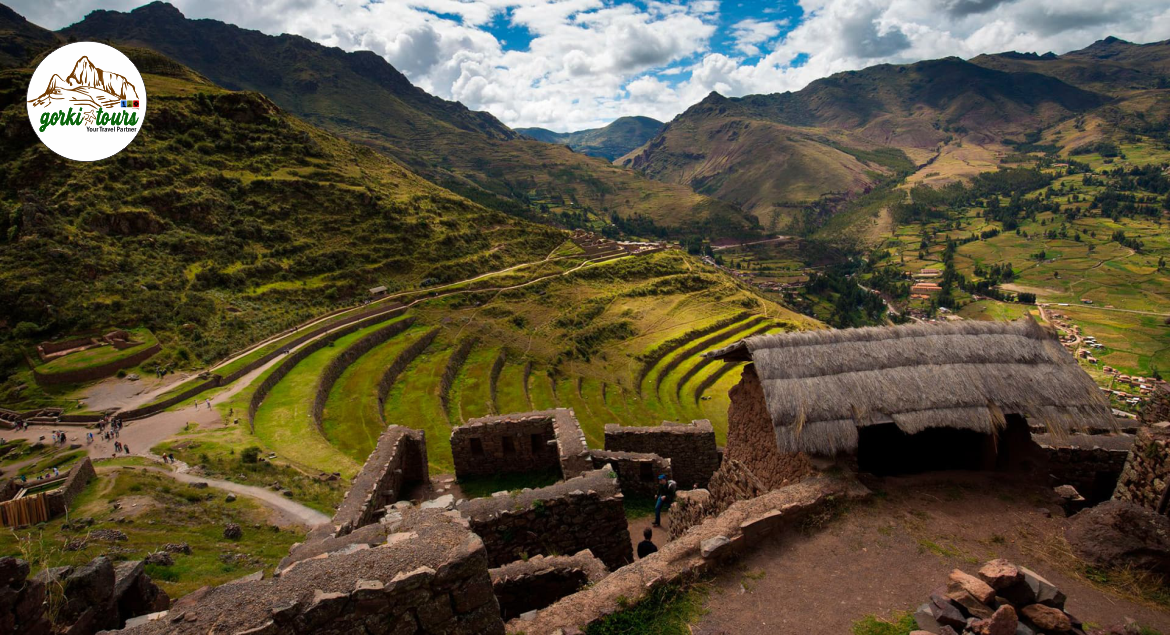
Exclusive excursion to Pisac
The tour is a sightseeing experience that allows visitors to
explore both the Pisac archaeological site and the Pisac market, located in the
Sacred Valley of the Incas, near Cusco, Peru. This tour is popular among
tourists who want to learn more about the history, culture, and traditional
life of the Andean region.

Exclusive Ollantaytambo tour
The town of Ollantaytambo is known for its original Inca
urban planning, which remains the same today. The town's streets follow the
same layout as when it was founded by the Incas, with narrow streets and plazas
that follow the layout of the Inca city.

Exlusive Chinchero excursion
The ancient town of Chinchero is one of the most beautiful
in the Sacred Valley of the Incas. A wonderful place where you can still
experience and experience Inca culture as it was in ancient times. It has an
incomparable plaza built on what was once an Inca palace, with a traditional
Sunday market.
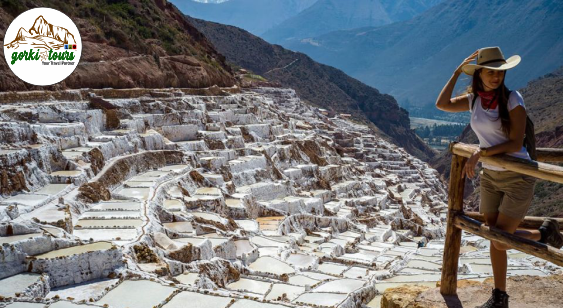
Exclusive Maras excursion
It is an impressive salt mining complex, which was already
exploited as a means of economic and valuable exchange from the Inca Empire.
From Maras, you can visit the salt mines along a bridle path, where it is
common to find mules carrying sacks of salt extracted from the natural salt
mines.
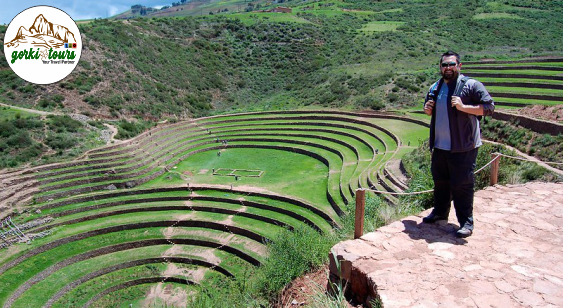
Exclusive Moray excursion
In the Sacred Valley of the Incas lies the archaeological
site of Moray, a site of agricultural terraces that, at first glance, resemble amphitheaters.
These concentric terraces were built by the Incas as an agricultural
laboratory. Each terrace has its own microclimate, depending on its depth.
City Tour
Cusco begins its contact with the history and great Inca
culture by visiting this city and its surroundings, currently considered the
"Navel of the World, Archaeological Capital of the Americas, and a World
Heritage Site."
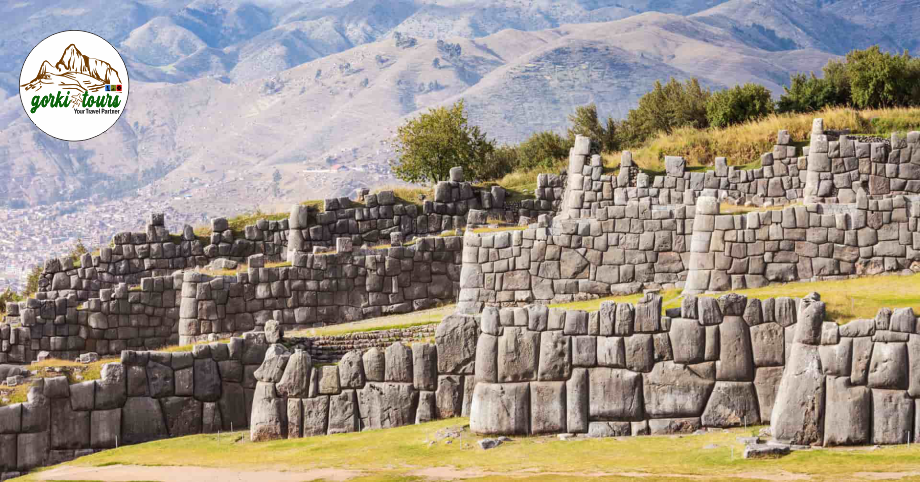
Sacsayhuaman
Sacsayhuamán was, and remains to this day, an undeniably
majestic work of Inca architecture and engineering. The Inca fortress was built
between the 14th and 15th centuries. All of its structures were placed without
the need for them to cease to be part of the site in which they stand, deeply
and harmoniously integrating the then-sacred status of the landscape, creating
a colossal altar to nature.
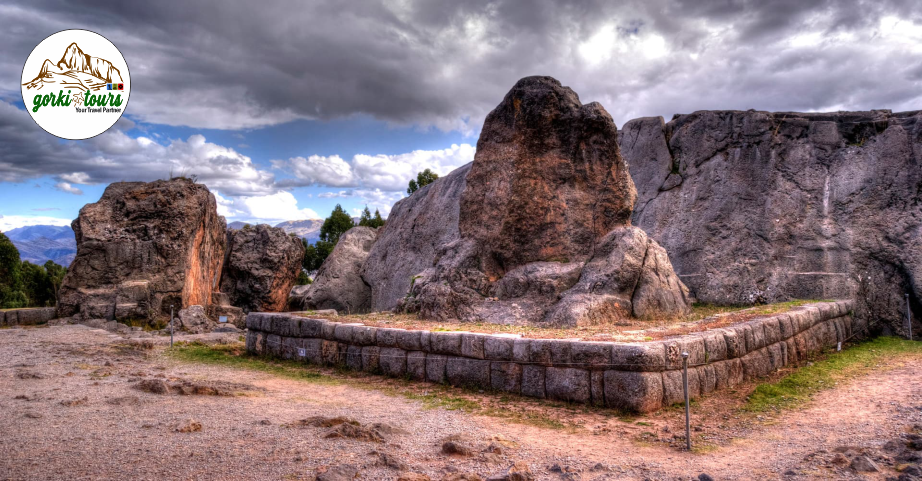
Qenqo
The Q'enqo archaeological complex was an important Inca
religious site, where ceremonies were held in honor of the major gods of the
Inca culture.
What remains of the Q'enqo archaeological complex today are
carved rocks that could not be destroyed by the Spanish. Little remains of the
paths and aqueducts, nor do the enclosures, reservoirs, or liturgical baths.
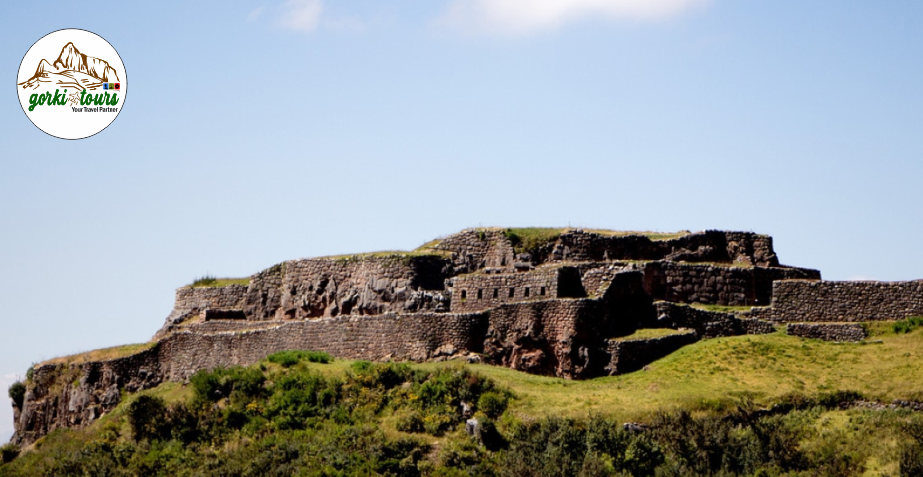
Puka Pukara
Pukapukara is one of the main archaeological sites near the
city of Cusco, along with Sacsayhuaman, Qenqo, and Tambomachay. It is located 7
kilometers from Cusco, at approximately 3,850 meters above sea level. Because
it is located on an elevated platform, it was given the name of a fortress.
However, its purpose remains unclear. Currently, it is a must-see during a stay
in the Imperial City.
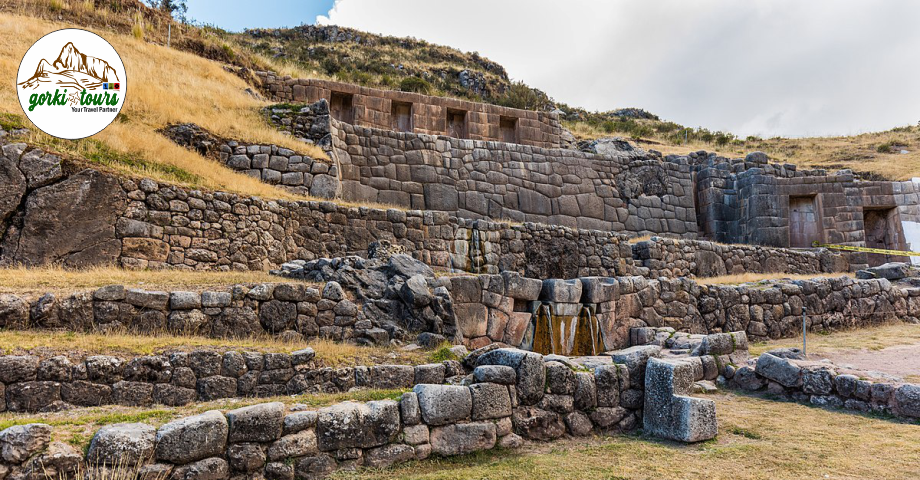
Tambomachay
It is one of the most important archaeological complexes in
the city of Cusco. It is located just 7 kilometers from the ancient Inca
capital. Due to its location, it belongs to one of the important centers on the
"ceques," or imaginary lines that radiated from Cusco and served the
Incas to organize their sanctuaries and important centers. Its function was to
provide water to the surrounding sites and as Inca baths. The harmony that
exists within its stone walls.
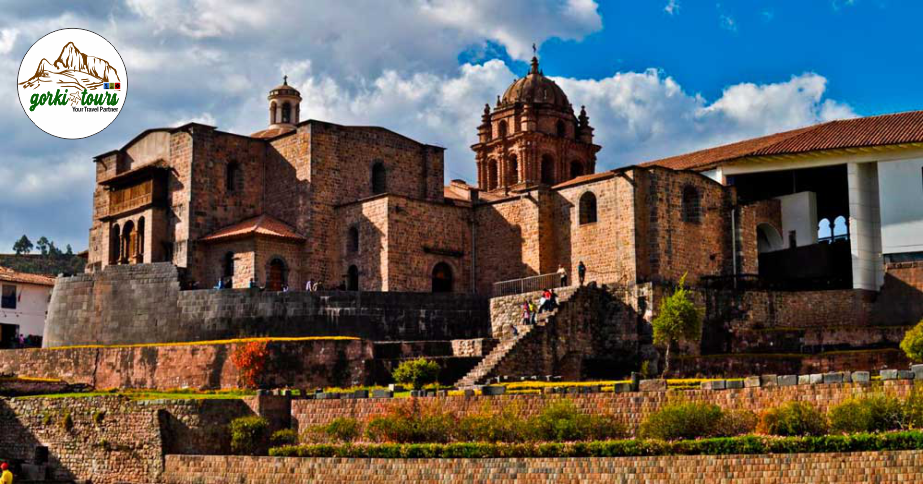
Qoricancha
According to historians, the first name of this religious
site was Intikancha, which means Temple of the Sun. Although the date of its
construction is not definitive, it is believed to have occurred during the
reign of Inca Pachacútec (15th century). As part of the remodeling and
beautification of Cusco, he ordered the name change to Coricancha and its
restoration, which included the construction of enormous walls and covering
them with gold leaf, in order to give the site greater majesty and a sacred
character.
South valley
The Southern Valley of Cusco is the tourist destination
designated for the attractions located southeast of Cusco. The most important
are: Tipón, Piquillacta, the Church of San Pedro de Andahuaylillas, the Huasao
Wetlands, and its dozens of towns steeped in history and tradition. These
destinations can be visited on an all-inclusive tour offered by Gorki Tours.
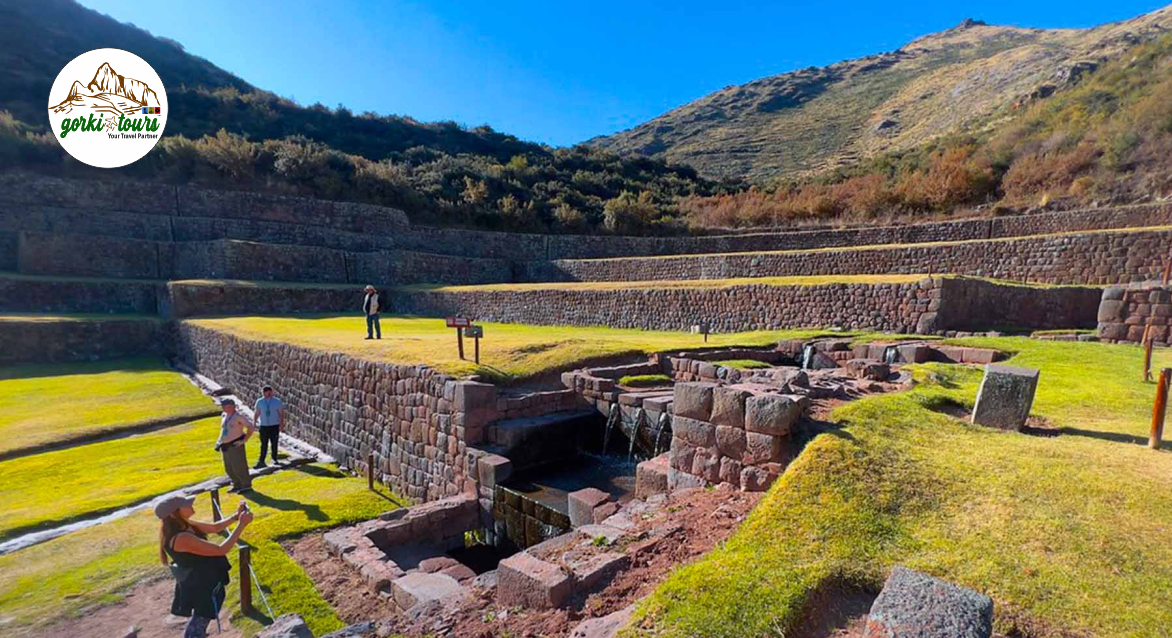
Tipon
Tipón is a valley in the south of Cusco, 25 km from the city
of Cusco, and Inca hydraulic engineering. This site features canals, aqueducts,
and water sources. The complex is composed of perfectly designed agricultural
terraces, finely carved stone walls, ceremonial enclosures, and water sources.
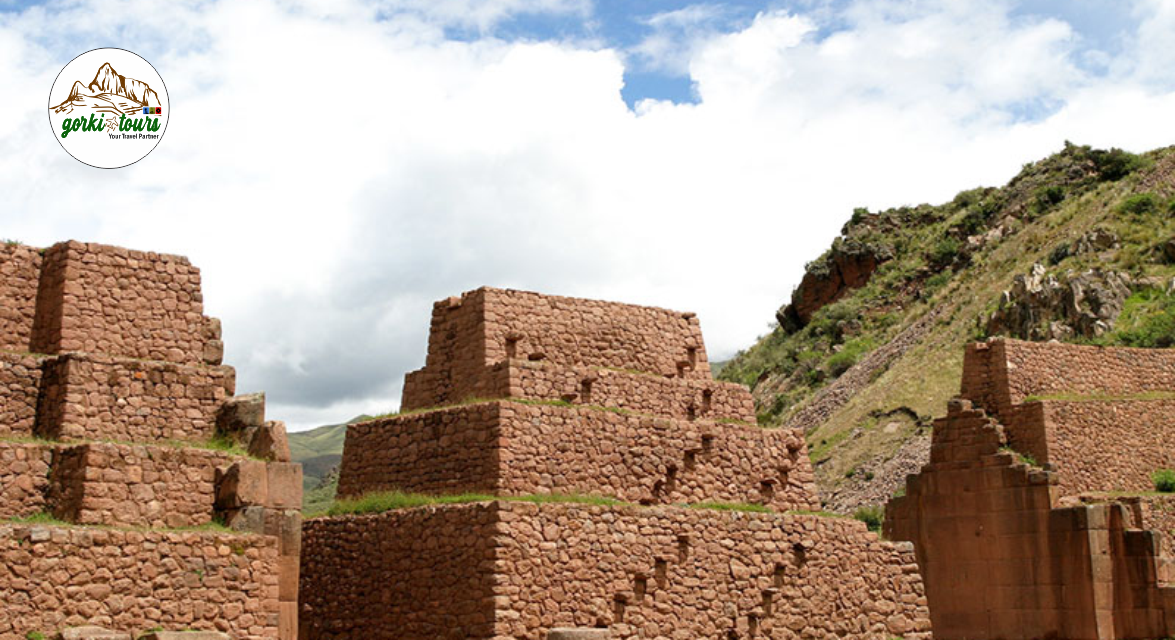
Pikillacta
Today, Pikillacta is a fascinating tourist destination for
those who want to learn more about pre-Incan cultures and their impact on
Andean history. Its impressive structure and historical significance make it a
must-see in the South Valley of Cusco. It is located approximately 30
kilometers from the city of Cusco.
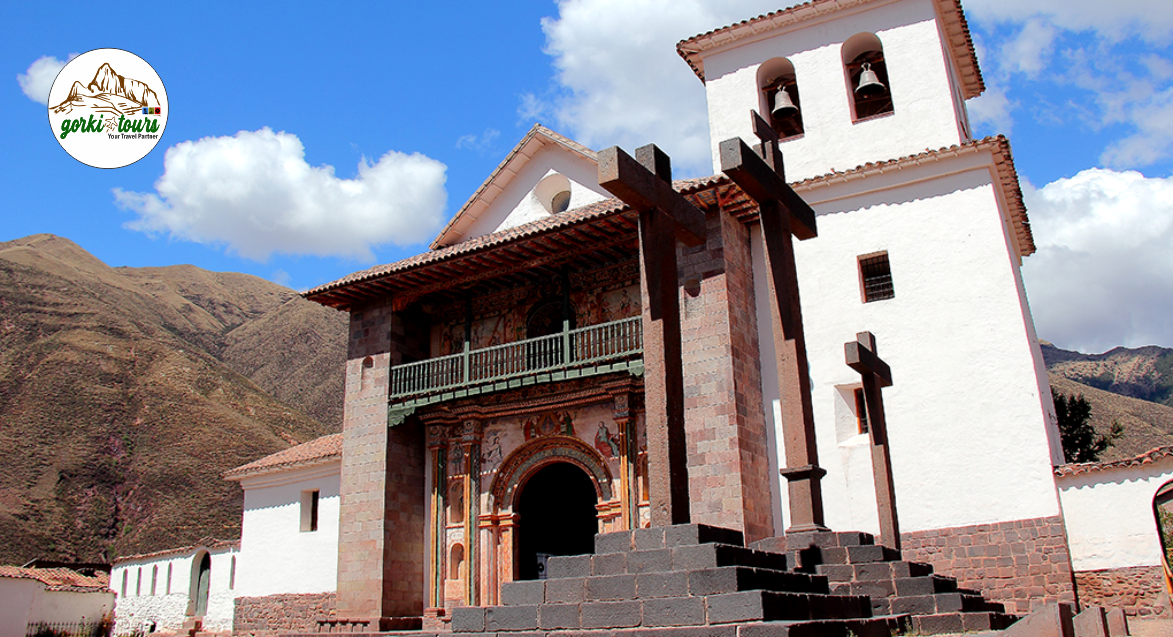
Andahuaylillas
Today, the Chapel of Andahuaylillas is a must-see
destination for those visiting the South Valley of Cusco, combining history,
art and spirituality. Its interior is its greatest attraction, with an
impressive decoration of murals, gilded altarpieces, carved ceilings and
paintings from the Cusco School, carved pulpit

Huaro Temple
The Temple of San Juan Bautista de Huaro
Built in the late 16th and early 17th centuries, its
impressive interior mural paintings, which cover the entire ceiling and walls,
are noteworthy.
These paintings, created by Tadeo Escalante, a Cusco
painter, depict the final moments of human existence—the journey through death,
judgment, glory, and hell—and are defined by the union of Andean symbolism.
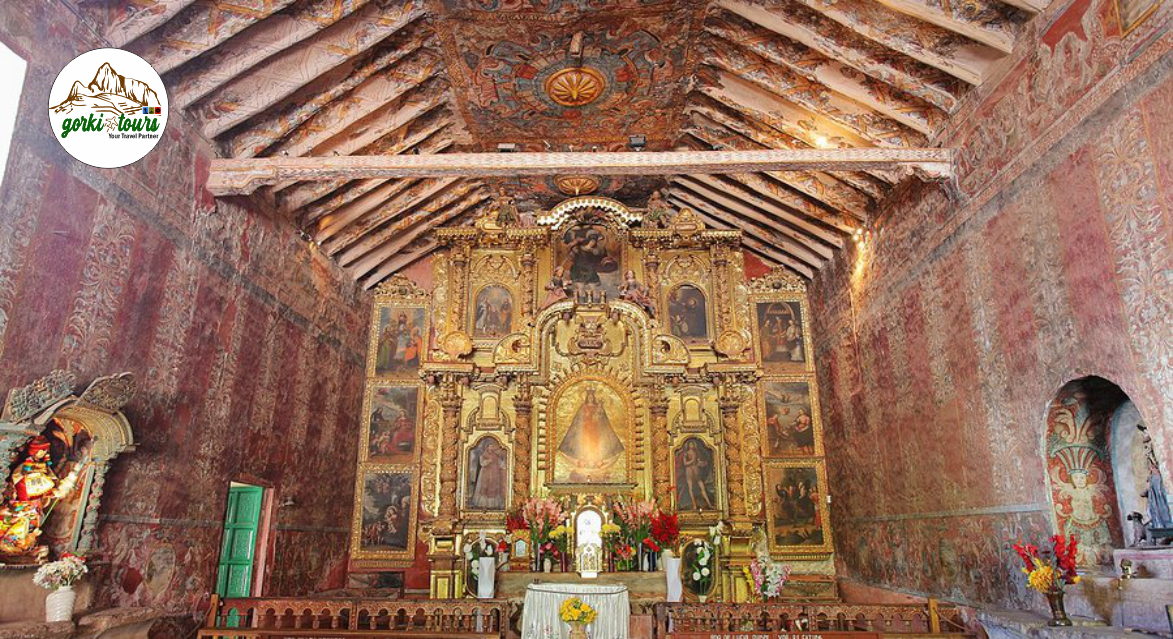
Canincunca Temple
The Temple of San Juan Bautista de Huaro
Built in the late 16th and early 17th centuries, its
impressive interior mural paintings, which cover the entire ceiling and walls,
are noteworthy.
These paintings, created by Tadeo Escalante, a Cusco
painter, depict the final moments of human existence—the journey through death,
judgment, glory, and hell—and are defined by the union of Andean symbolism.
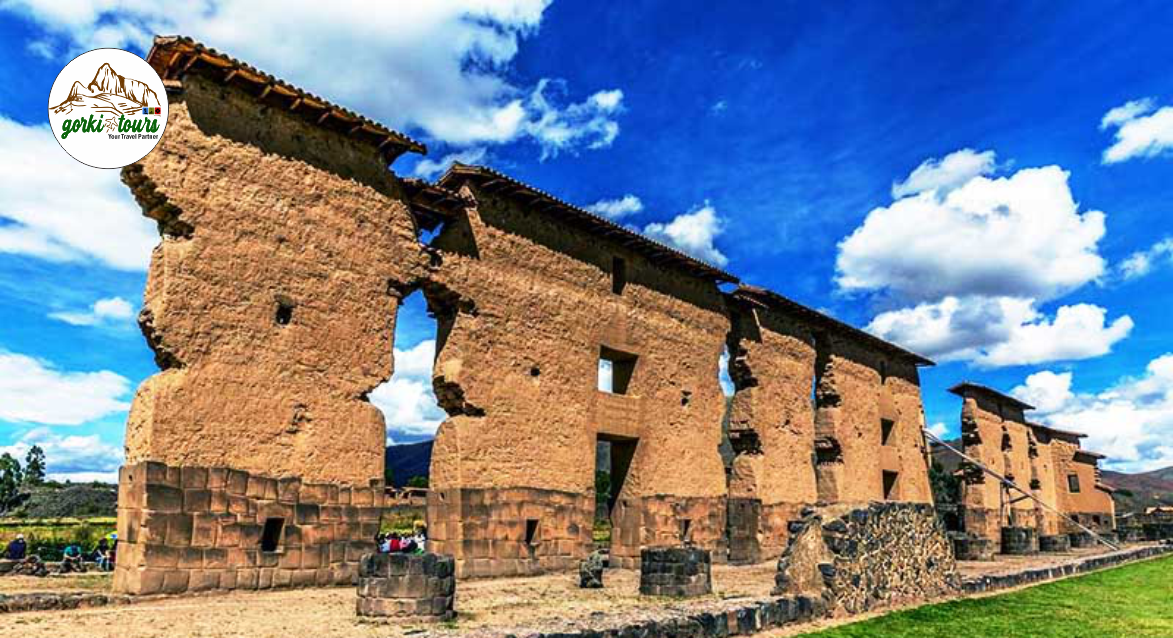
Raqchi
Raqchi, also known as the "Temple of Wiracocha" or
the "Inca Parthenon," is an Inca archaeological site dating back to
the 15th century. It is considered one of the most daring engineering feats
carried out by the Incas. The Raqchi citadel is one of the city's greatest
attractions due to its impressive architecture, which includes the Temple of
the God Wiracocha, a prodigious stone and mud construction.
Trekking
Cusco, the birthplace of the Inca Empire, is not only home
to Machu Picchu, but also two of Peru's most stunning natural landscapes:
Vinicunca, the Rainbow Mountain, and Humantay Lagoon.
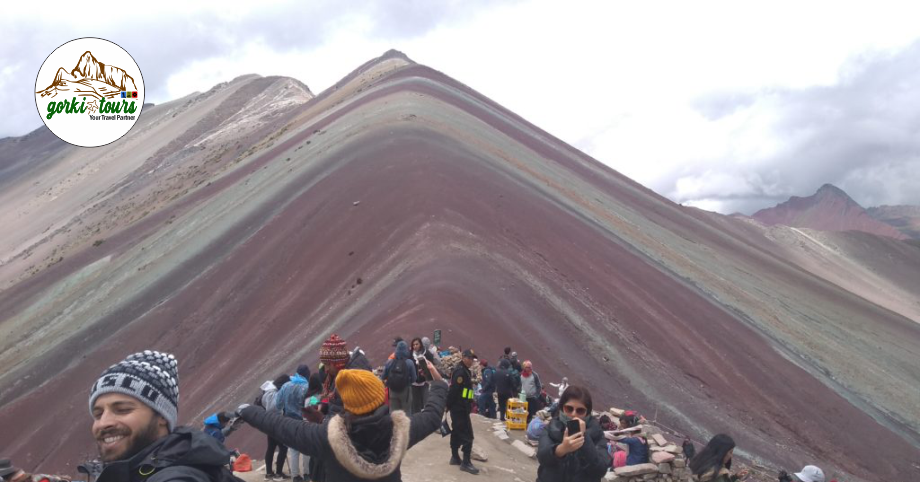
Vinincunca
$0
The imposing Vinicunca Mountain has this hue due to the
erosion of sedimentary rocks, which were formed without any human intervention,
and has been compared to a terrestrial rainbow. Located within the Vilcanota
mountain range, Vinicunca is located between 4,710 and 5,200 meters above sea
level.
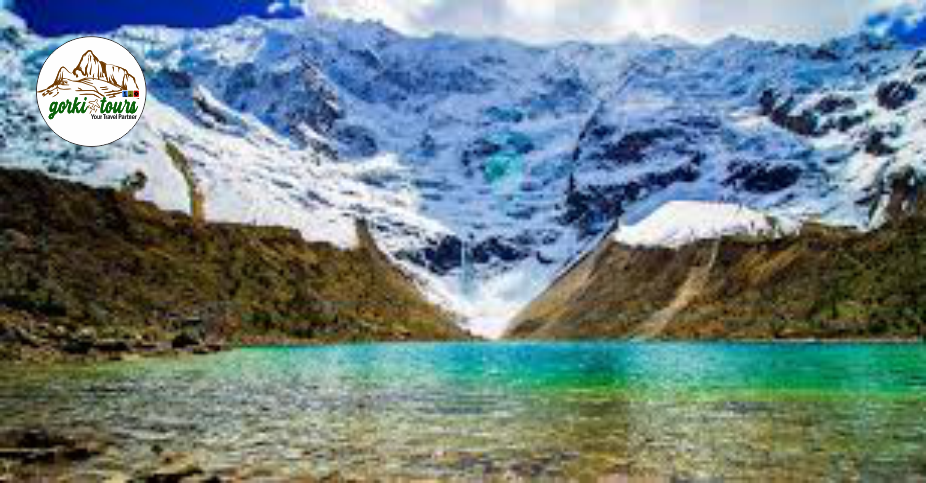
Lagoon Huamantay
Humantay Lagoon, named after the majestic snow-capped
mountain that surrounds it, is one of Cusco's most impressive and sacred
landscapes. Its popularity stems from the incredible beauty of its turquoise
waters, which contrast dramatically with the snow-capped peaks of the imposing
Salkantay.

Snowy Ausangate
In the heart of the Cusco Andes, in the district of Ocongate
(Cusco), a majestic apu towers over the rest of the mountains that make up the
Vilcanota Range. At 6,384 m above sea level, Ausangate is the fifth highest
snow-capped mountain in Peru and is considered the most representative of the
Andes.
Our best trips
Amazing Experience
Our Services
Travel by bus, car and minivan
Air conditioning guaranteed
Entrance to the museums
50% discount on all admissions
Travel with children and pets
Possibility to rent the stroller

